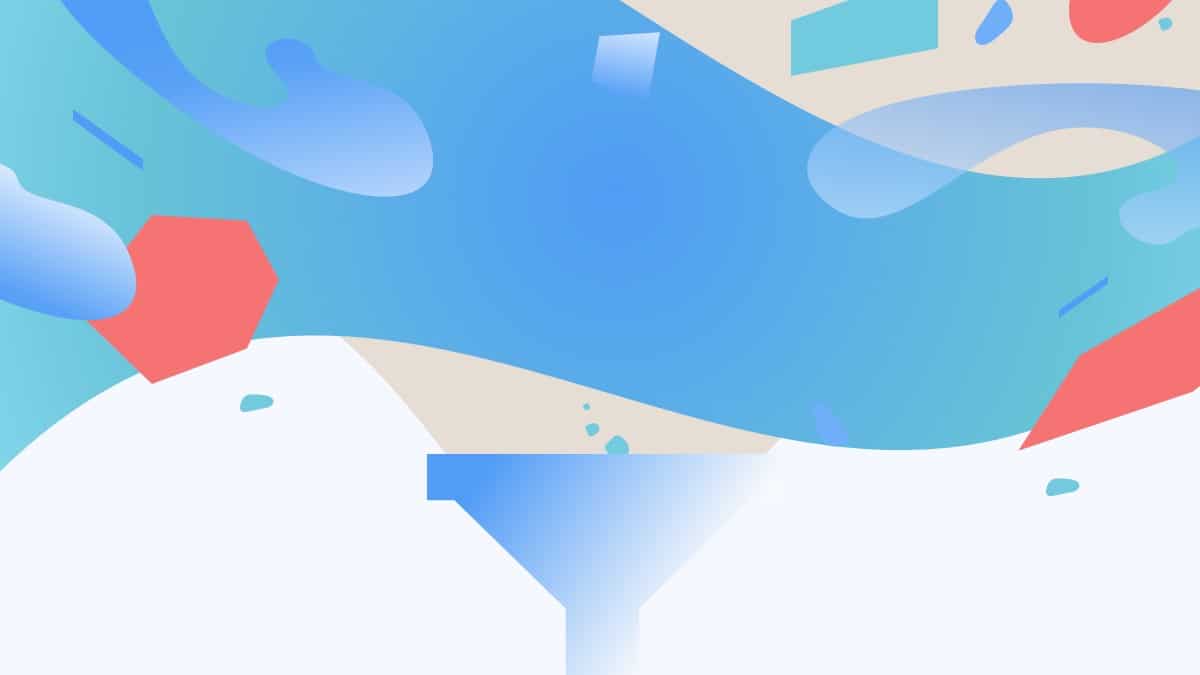Email marketers are some of the finest out there. They know how to use advanced tactics such as personalization, email automation, and behavioral marketing to get results. But today’s email marketers do a lot more than write and schedule emails. They’re focused on lifecycle marketing.
Marketers are often responsible for finding new customers, as well as for keeping them around. After all, repeat customers are extremely valuable to a business. According to Adobe, 80% of companies’ marketing budgets are spent on acquiring shoppers; however, for every 1% of shoppers who become repeat customers, a company’s revenue will increase by about 10%.
The tide is moving away from simply focusing on acquisition and retention as marketers find way to improve the customer experience at every touchpoint. According to Kapow, 68% of customers leave a business because they perceive that brands are indifferent to them. Lifecycle marketing seeks to disrupt the this unfortunate perception.
Marketers are now finding ways to engage and communicate with prospects before, during, and after their purchase process. So, why the focus on lifecycle marketing now more than ever, and what does this mean for marketers that want to continue to get results from channels like email?
Understanding lifecycle marketing
Lifecycle marketing is looking at every aspect of your customer journey and creating interactions at key touchpoints and milestones. Ultimately, when a prospect or customer does something or feels a certain way or needs something, it’s our responsibility to listen and respond. Lifecycle marketing works to guide potential customers through identified milestones in the sales funnel or brand relationship.
This form of marketing is meant to tailor messages based on the stage of the customer. Marketing stages can include the “member” as someone who signs up for a newsletter list; a “single purchase customer,” who makes one purchase and may not come back; an “active customer,” who makes repeat purchases, an “at risk customer,” whose repeat purchase cycle begins to slow; or a “lost customer,” who no longer purchases.
Each step in this lifecycle requires a different message in order to keep a customer engaged and avoid losing them.
Here are the 5 stages of lifecycle marketing companies typically see:

The Lifecycle Mapping Method For Email Marketing, designed by Philip Storey, copyright Enchant Agency.
- Acquisition phase – where you try to identify prospects
- Consideration phase – where you try to convert prospects
- Customer excitement phase – when a prospect becomes a customer and is awaiting delivery or is currently experiencing the product
- Retention phase – when the customer has purchased and you have an intention to generate a repeat purchase, loyalty or advocacy
- Win-back phase – when a prospect has stopped engaging with your marketing or a customer has purchased that has lapsed and you have a desire to bring them back
How to implement lifecycle marketing
If you’re not already doing lifecycle marketing at your organization, you can start by mapping your phases to specific actions. For example:
- Acquisition – Customer enters email address on website
- Consideration – Customer opens cart abandonment emails
- Excitement – Customer opens shipping notification email, and clicks tracking button
The key is to identify the most lucrative and most important gaps in your lifecycle strategy. At which points are you communicating effectively? Where do customers drop off? Where are the opportunities?

The Lifecycle Mapping Method For Email Marketing, designed by Philip Storey, copyright Enchant Agency.
Once you assess your current communication strategies, you should be able to fill in the gaps with messaging that makes sense. Always make sure you’re keeping tone and context in mind.
Wrap up
The shift to lifecycle marketing, which covers a customer’s entire journey, is a by-product of the rapid development of technology in marketing. Now that marketers have so much data at their fingertips, they can expertly target prospects and customers at different stages of their customer journey. This is an opportunity for the marketer to own the customer lifecycle like never before.





